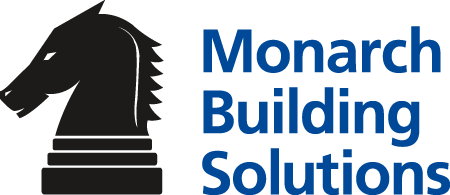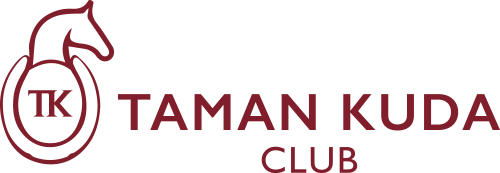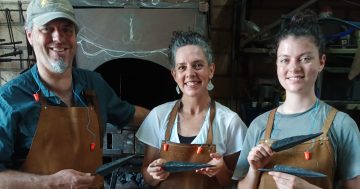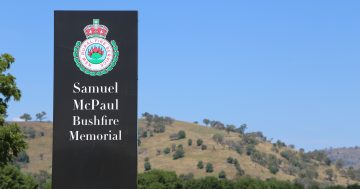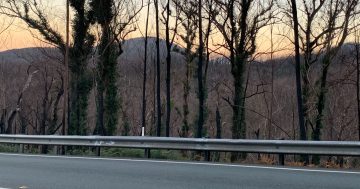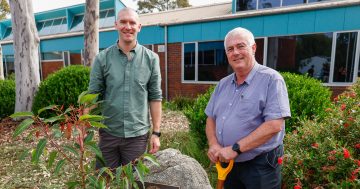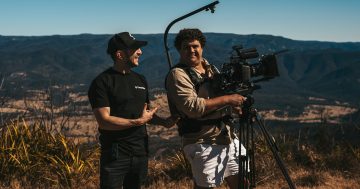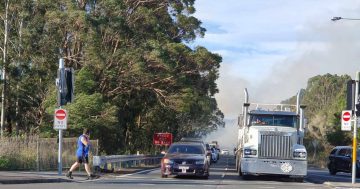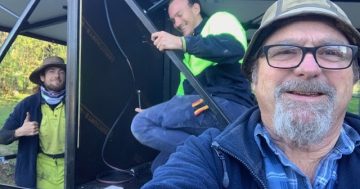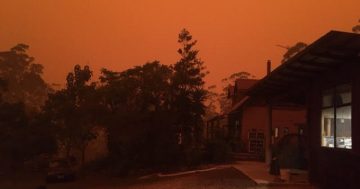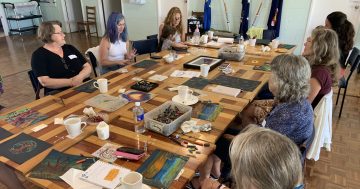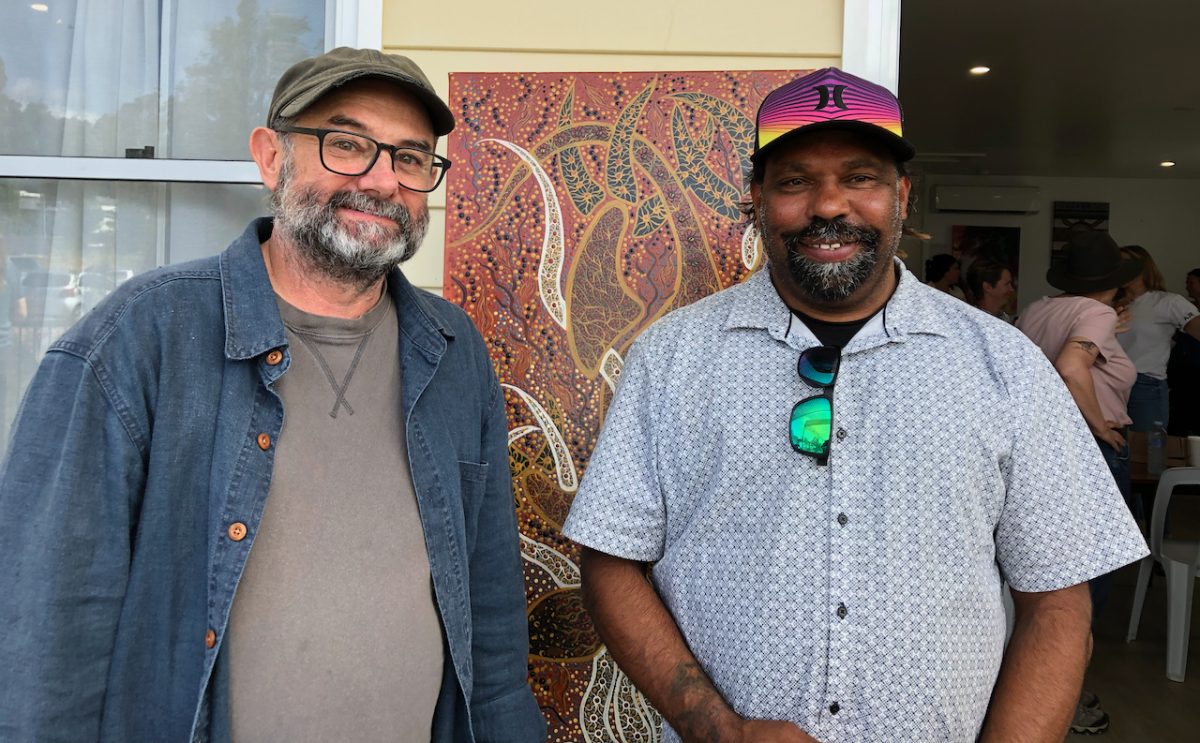
Filmmaker Murray Van der Veer captured the progress of Wayne Carberry’s Yarning on Country project. Funded by Fire to Flourish it aimed to nurture young men’s health by building their connection to country. Photo: Marion Williams.
A five-year project has proved that communities know best what they need to recover from disasters. They also know best how to build resilience so that they are better prepared for disasters and recover faster.
Monash University’s Fire to Flourish program emerged after the Black Summer bushfires made it clear that Australia had entered a new frontier with the scale and intensity of disasters. CEO of Fire to Flourish Professor Briony Rogers said the community was at the forefront of the impacts of disasters so should lead efforts to build local resilience. Currently though, “our systems aren’t set up to resource and mobilise community action at scale”.
Fire to Flourish established teams in the Eurobodalla, Clarence Valley, Tenterfield and East Gippsland. Their role was to work with communities to co-design projects that met their needs and priorities. Their objective was to develop a model for mobilising community action at scale.
They had to build partnerships and trust to bring people along, particularly the local community members who led the decision-making about projects and priorities to fund. In Eurobodalla 101 projects received $2.75 million funding.
Professor Rogers said they learnt that alongside the grief and loss associated with disaster, there was strength, hope, knowledge, experience and connection. “When communities are resourced and supported to collectively mobilise all that community capacity it makes a real difference to their resilience.”
Across the four shires they found four common building blocks for a scalable model.
The first is investing in people so they have the skills and funded time to lead, facilitate, connect and support beyond what can be expected of volunteers.
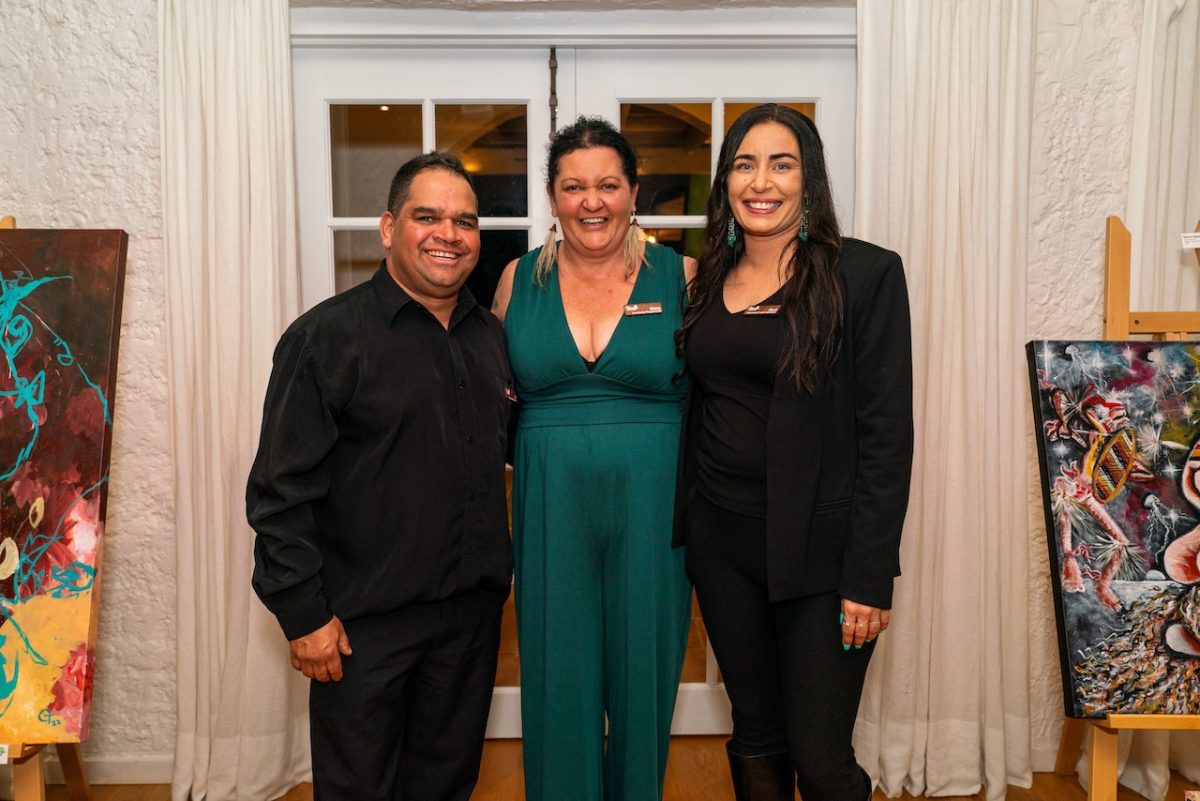
The Fire to Flourish Eurobodalla team of Joe Brierley, Kizzy Nye and Barb Rix. Photo: Sean Kinchela.
The second is bringing different people together to think about plans for the future, priorities, gaps and what to do about those gaps. That requires those trained people to help establish the governance framework for those discussions and decisions to be effective.
Community-controlled funding that is flexible and easily accessed is the third component. The governance framework ensures accountability to each other, transparency and robustness as the community decides how to allocate funding.
The final piece is external partnerships for support. “It is community-led, but not the community alone, with support offered on the basis of trust and reciprocity, not imposed from outside or above,” Professor Rogers said.
Last year there was an independent evaluation of the program’s impact in the four shires. In the Eurobodalla, impacts were rated in the highest category of “transformative”.
One of the standouts was the connections made that built communities’ social capital. The grant funding was one tool that brought people together to share ideas and support each other.
“That builds lasting social capital, namely strong connections within and across diverse groups,” Professor Rogers said. “The international evidence shows that social capital is the most important factor for communities’ resilience.”
While Fire to Flourish is a program for the whole community, the staff of the Eurobodalla team are all Aboriginal. Professor Rogers said it brought deeper, more holistic thinking than the Western linear approach that considers preparation and recovery separately. It also deepened community thinking about caring for Country.
“Fire and flood are natural parts of the cycle, but when we haven’t been looking after Country we put ourselves into vulnerable positions and experience extreme weather as a disaster,” she said. “Caring for Country and living well in a way that is adaptive to extreme weather events is the way forward.”
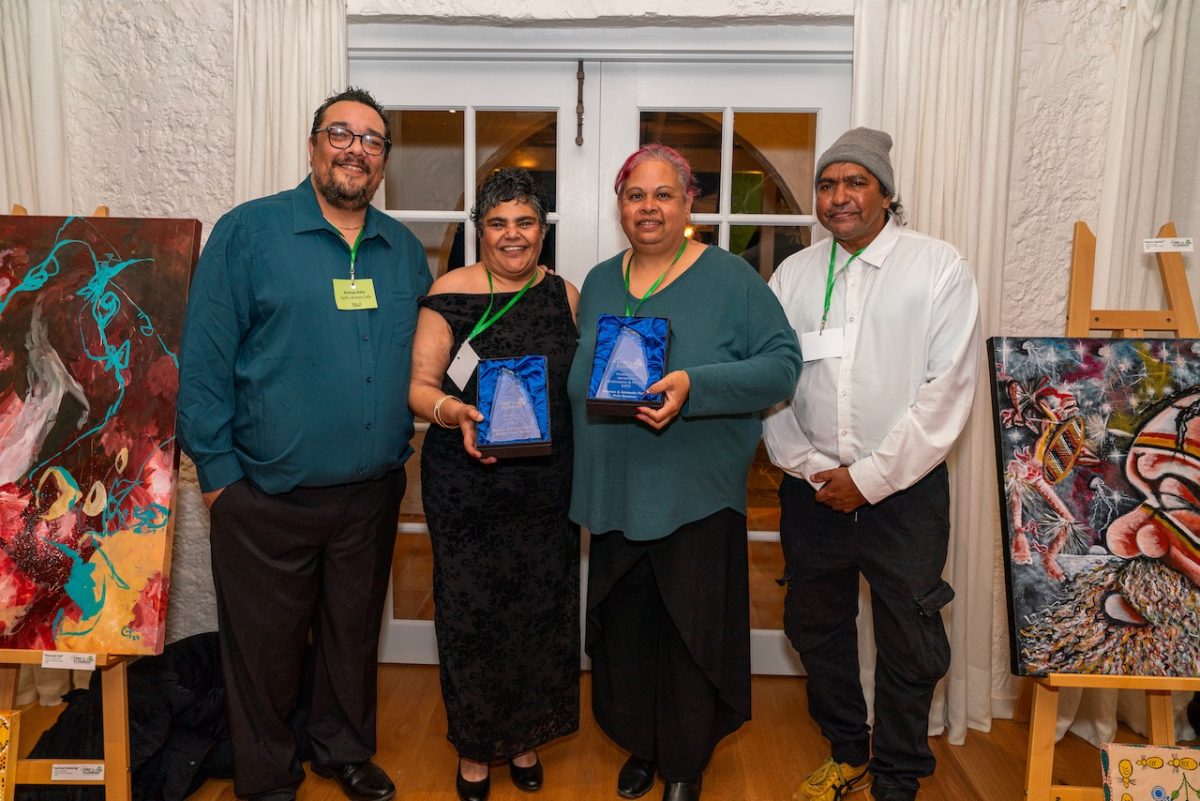
Fire to Flourish grant recipients Rodney and Belinda Kelly, Amanda Foster and Uncle Warren Foster. Photo: Sean Kinchela.
Fire to Flourish was designed as a proof-of-concept initiative and will finish at the end of the year.
Professor Rogers is now looking for people and organisations interested in supporting more communities to take up the Fire to Flourish model.
Given the projections for disasters and their impacts and costs, she said investment in the community was critical for local preparedness.
She sees potential for regional collaboration.
“Communities want to learn from each other,” she said. “They don’t want to reinvent the wheel, so there is an opportunity for connecting communities and efforts locally, regionally, statewide, and nationally.
“What we think needs to happen and can happen is a national model that operates at scale, with the implementation detail worked out at the local level,” Professor Rogers said.
The Cobargo Community Bushfire Recovery Fund is another brilliant example of a rare community-led response and recovery initiative.




